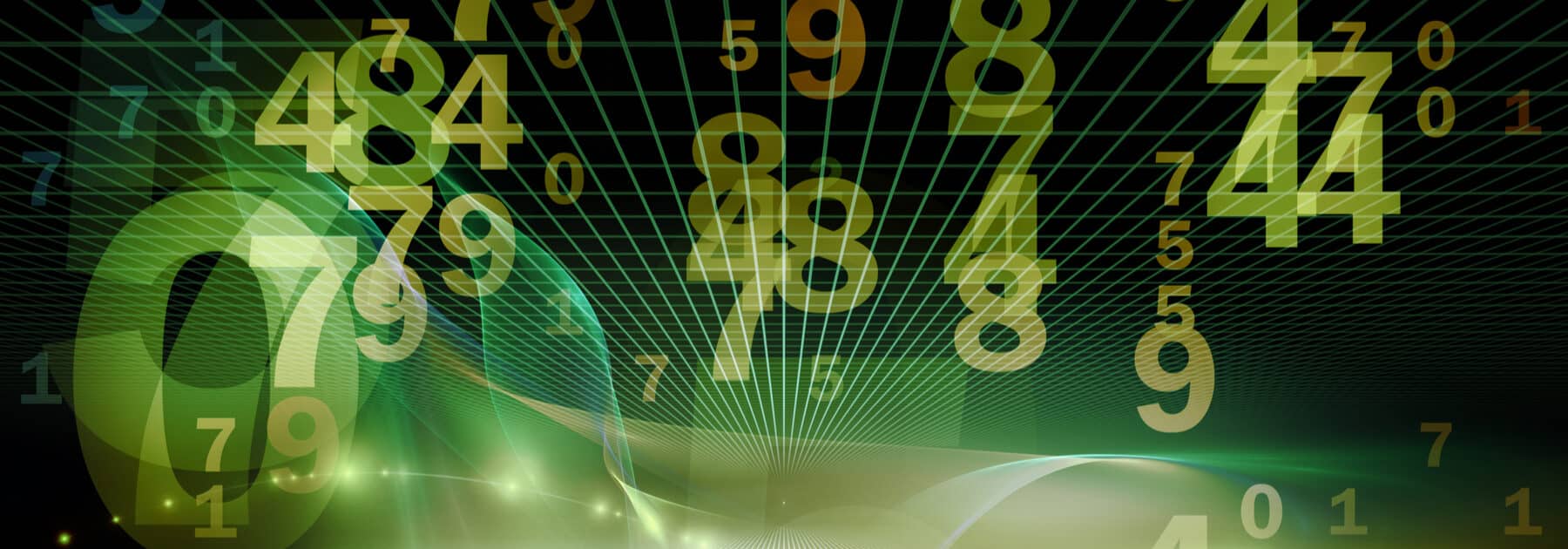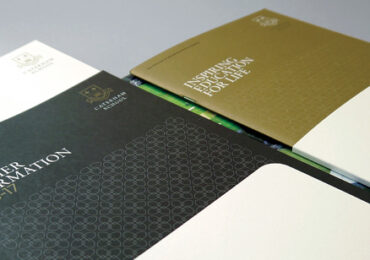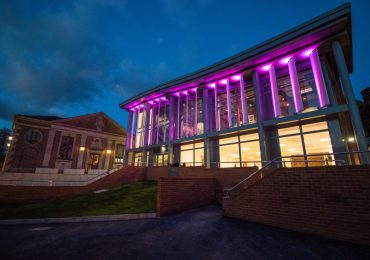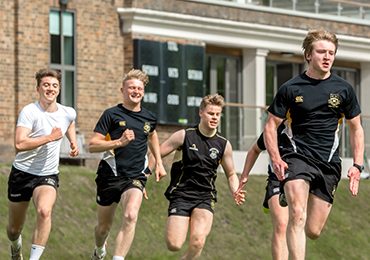London Maths in Action
On Thursday 16 November, nearly two dozen Sixth Form pupils visited the Maths in Action lectures at the Emmanuel centre in London. The lectures ranged from the completion of Fermat’s Last Theorem to an in-depth dive into the relationship between maths, music and harmonious ratios.
In the morning, we got to experience an array of talks. This started with a lecture presented by the best-selling author, Simon Singh, on a brief history of math’s most famous problem: Fermat’s Last Theorem. The talk followed the key concepts needed to prove the theorem and the story of Andrew Wiles, the person to finally solve this 350-year-old problem. Colin Wrights talk on Topology was mainly spent cutting up mobius strips and cracking jokes, while explaining how recognising the key features of shapes (their edges and sides) can help predict how the shape will turn out after it has been altered. By using physical examples, Wrights was able to give an overview of the mystifying topic of topology in addition to how it can apply to the world today. Concluding the morning lectures, Yolanda Ohene explored the use of electromagnetic waves in producing high resolution images of the inside of a person’s body – without having to open them up.
After a brief pause for lunch, we saw a useful lecture on answering mathematical questions and how to avoid the most common mistakes. Moreover, we learnt five tips on how to best avoid these mistakes, including (but not limited to): read the full question, give reasoning, learn to use your calculator efficiently, etc.
The afternoon lecture by Ben Sparks saw an interesting explanation into how the root of 2 was used in getting the correct proportions for A4 sheets of paper, as well as how spirals can appear in the most random of places and in the most beautiful of ways. To end the day, Sophie Maclean gave a talk on the fundamentals of ratios in creating harmonious sounds within the art of music.
Overall, the lectures were a one-of-a-kind opportunity to shine light onto some riveting topics, and to experience how the very mathematics we learn in school can be applied to the real world today.”
Back to all news




